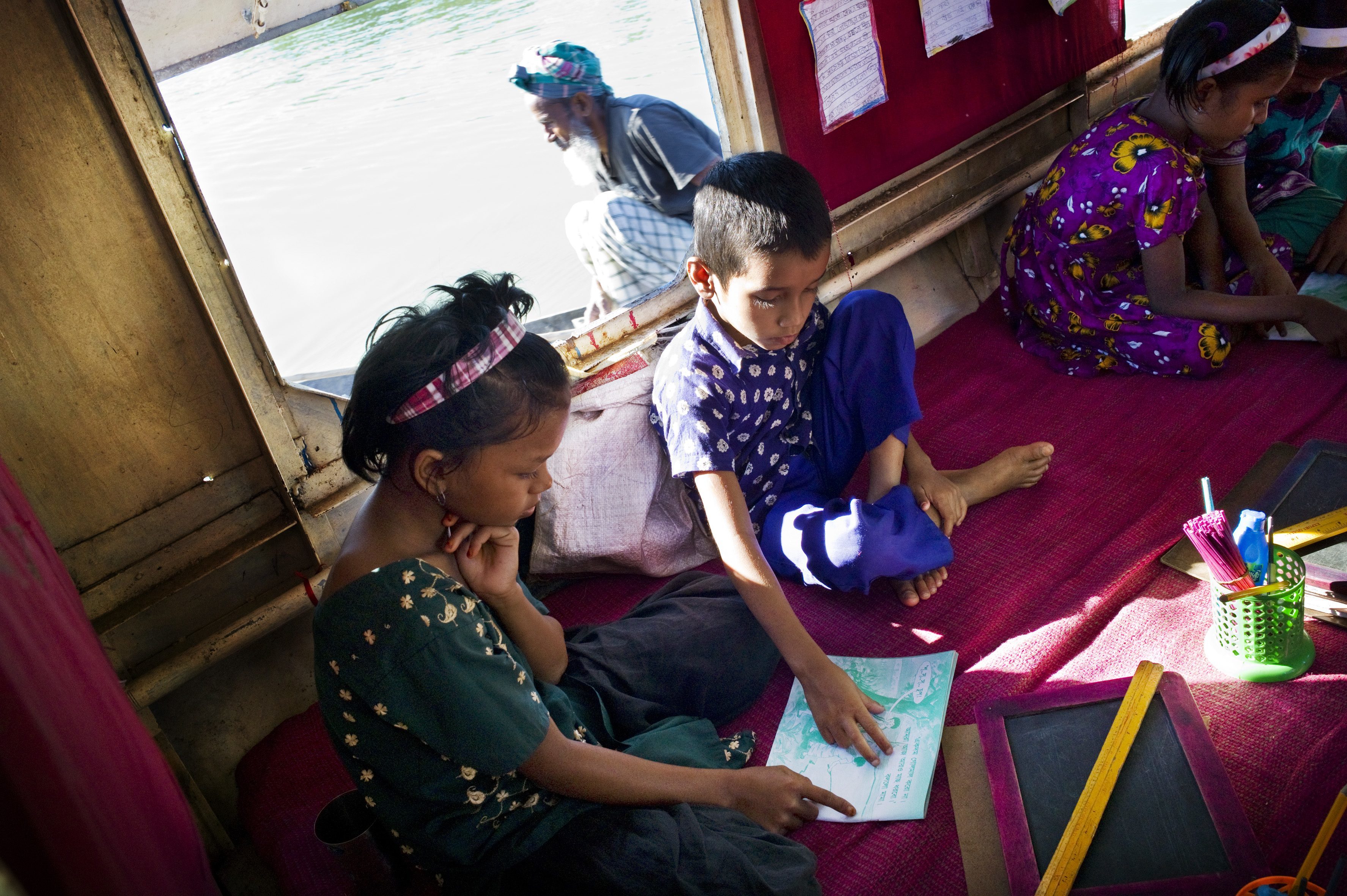Context and Problem
A lack of accessible and affordable transportation is a significant barrier to education for children, particularly those with disabilities. This is because the long distances to schools, the poor road conditions, and the high costs of transport can hinder accessibility and make it difficult to reach school locations. Mashonaland West Province, a largely rural area in Zimbabwe, is marked by limited public transport, often unreliable, unsafe, and unsuitable for children with disabilities. The Zimbabwean government struggles with integrating transportation solutions into its policies. This also leads to parents, who are predominantly poor, to sacrifice work opportunities to carry their children to school, which worsens their economic conditions and increases poverty.
Solution
The Leonard Cheshire Disability Zimbabwe Trust led this initiative, funded by the UK Department for International Development (DFID) under the Global Poverty Action Fund. The project aimed to develop sustainable, community-led transport solutions, such as tricycles with trailers and carts pulled by donkeys, to facilitate school attendance for children with disabilities.
The intervention had multiple categories. First, development of low-cost accessible transport, which was done through the introduction of locally produced tricycles with trailers and scotch carts pulled by donkeys. Second, stakeholder engagement, which involved actively seeking participation of parents, school development committees, and local communities to identify and implement solutions. The projects that were utilized raised income to fund vehicle maintenance and pay drivers. This included projects mainly in the field of agriculture. Third, operational strategies, where tricycles transported up to eight children per trip, and schools-maintained ownership of the vehicles. Fourth, inclusive education enhancements, where teacher training, and classroom adaptations were also worked on. Drivers were also given basic training, particularly to address basic safety and support for children with disabilities.
Impact
20 tricycles were deployed across 20 schools in four districts, enabling children with disabilities to attend school regularly. This also led to a significant reduction in parental burden, allowing them to work and earn money. School participation increased, and absenteeism decreased, and parents noted improvements in children’s self-esteem. Jobs were created, and community-led road maintenance projects improved infrastructure, benefiting all residents. The intervention also improved relationship among parents, teachers, and local authorities.












